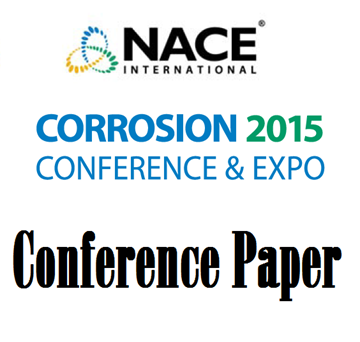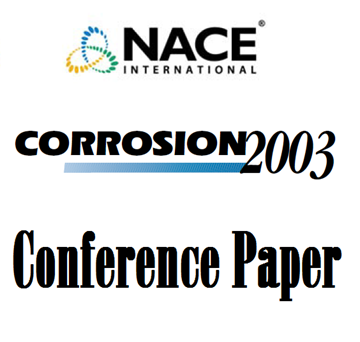Search
51312-01095-UNS N07725 NICKEL ALLOY CONNECTION FAILURE
Also Purchased
Susceptibility to Hydrogen Induced Stress Cracking of Alloy 718 and Alloy 725 Under Cathodic Polarization
Product Number:
51315-5597-SG
ISBN:
5597 2015 CP
Publication Date:
2015
$20.00
03126 PHYSICAL METALLURGY OF ALLOYS 718, 725, 725HS, 925 FOR SERVICE IN AGGRESSIVE CORROSIVE ENVIRONMENTS
Product Number:
51300-03126-SG
ISBN:
03126 2003 CP
Publication Date:
2003
$20.00
03125 HIGH-STRENGTH CORROSION RESISTANT NICKEL-BASE ALLOY 725HS FOR SEVERE SOUR OIL AND GAS FIELD APPLICATIONS
Product Number:
51300-03125-SG
ISBN:
03125 2003 CP
$20.00
Recently viewed




